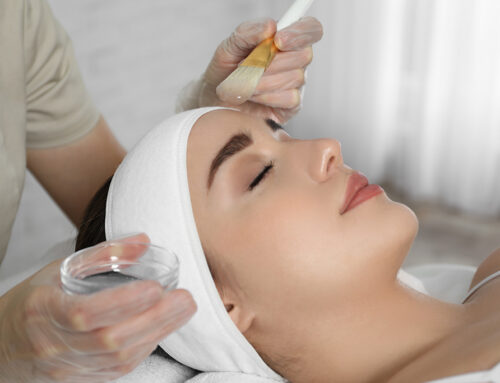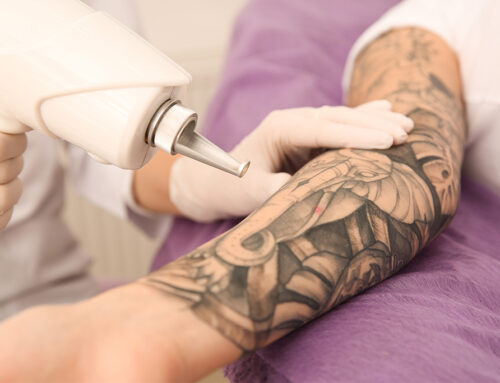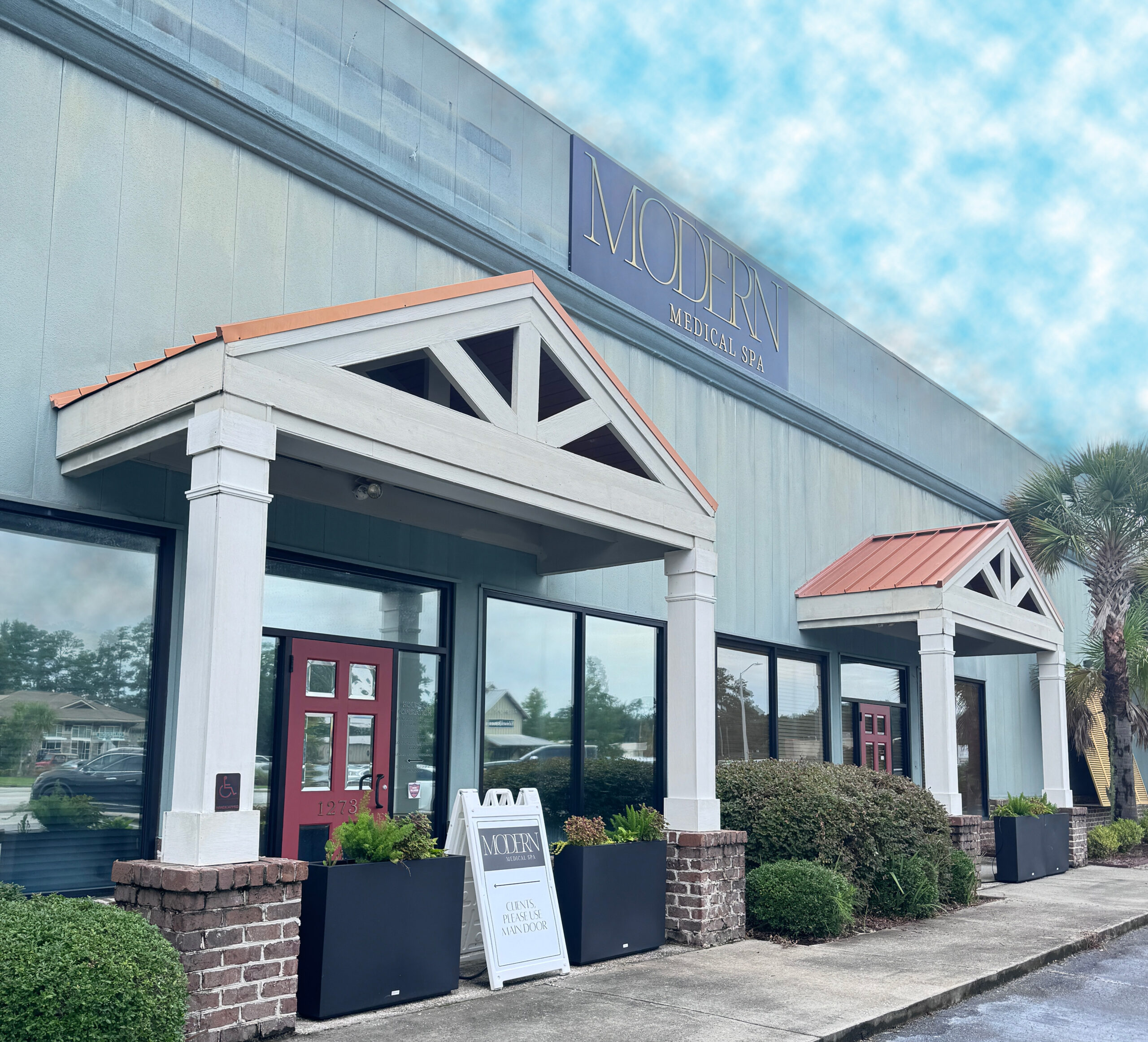Chemical Peels for Wrinkles
A chemical peel is a technique used to improve the appearance of the skin on the face, neck, or hands. A chemical solution is applied to the skin, which causes the dead skin cells to slough off and eventually peel off. The new skin that is revealed is usually smoother and less wrinkled than the old skin.
There are three different depths of peels: superficial, medium, and deep. Superficial peels are the most common and have the least downtime. Medium peels penetrate deeper into the skin and have more visible results, but also require more recovery time. Deep peels are rarely performed because they can cause scarring.
Chemical peels can be used to treat wrinkles, fine lines, sun damage, age spots, acne, and other skin conditions.
Superficial Peels
While there are many different types of cosmetic procedures available to reduce the appearance of wrinkles, superficial chemical peels are one of the most popular options. Superficial peels use a mild acid to remove the outermost layer of skin, revealing fresh, new skin beneath. The new skin is often smoother and less wrinkled than the old skin, resulting in a more youthful appearance. Superficial peels are typically very safe and have few side effects.
Superficial peels are often referred to as lunchtime peels because they can be done in less than an hour and there is no downtime. The most common superficial peel is the glycolic acid peel. Glycolic acid is derived from sugar cane and is the smallest molecule in the alpha-hydroxy acid (AHA) family, so it can penetrate the skin more deeply than other AHAs.
Medium Peels
Medium-depth peels are sometimes used to help reduce the appearance of wrinkles. This type of peel penetrates deeper into the skin than a superficial peel, and it can be more effective at reducing the appearance of wrinkles. However, it also requires more recovery time than a superficial peel.
Medium peels penetrate deeper into the skin and have more visible results, but also require more recovery time. The most common medium peel is trichloroacetic acid (TCA) peel. TCA peels can be used at different concentrations to achieve different depths of penetration. A light TCA peel will penetrate the skin to the depth of the outermost layer, or the epidermis. A medium TCA peel penetrates to the depth of the dermis, and a deep TCA peel penetrates to the deepest layer of the dermis.
Deep Peels
A deep chemical peel is a type of cosmetic treatment that can be used to improve the appearance of wrinkles. The procedure involves applying a chemical solution to the skin, which helps to remove the outer layer of skin cells. This can help to smooth out the appearance of wrinkles and fine lines. Deep chemical peels are generally considered safe, but they can cause some side effects, such as redness, swelling, and crusting.
The most common deep peel is phenol peel. Phenol is a powerful chemical that can cause serious side effects if not used correctly. For this reason, deep peels are usually only performed by experienced dermatologists or plastic surgeons.
Recovery Time
The recovery time for a chemical peel depends on the depth of the peel. Superficial peels require no downtime and can be done in less than an hour. Medium peels require 7-14 days of recovery time, and deep peels require 14-21 days of recovery time.
There are many different types of chemical peels, and the recovery time depends on the depth of the peel. Superficial peels require no downtime and can be done in less than an hour, while medium peels require 7-14 days of recovery time. Deep peels are the most invasive and require 14-21 days of recovery time. Chemical peels can be used to treat wrinkles, fine lines, sun damage, age spots, and other skin conditions.















